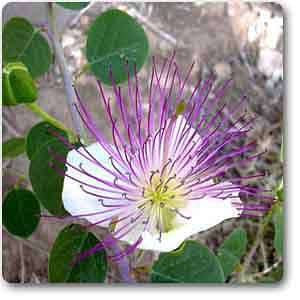
Capparis spinosa - Plant
(MRP Inclusive of all taxes)
- Shipping ₹79 for entire order
- Dispatch in 7 days
- Country of origin: India

(MRP Inclusive of all taxes)
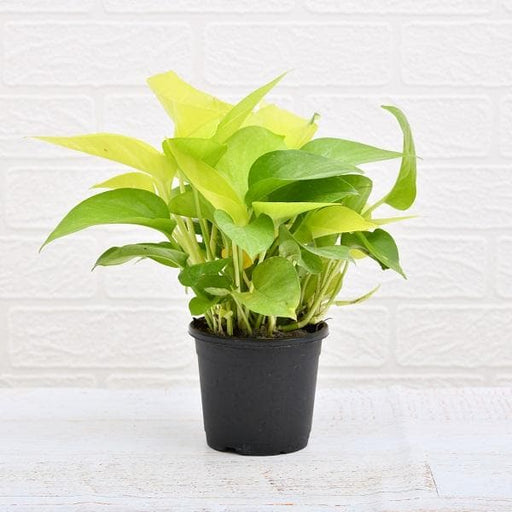 Save 29%
Save 29%
Air Purifier Money Plant with Pot The Air Purifier Money Plant, also known as Pothos or Epipremnum aureum, is a stunning indoor plant that...
View full details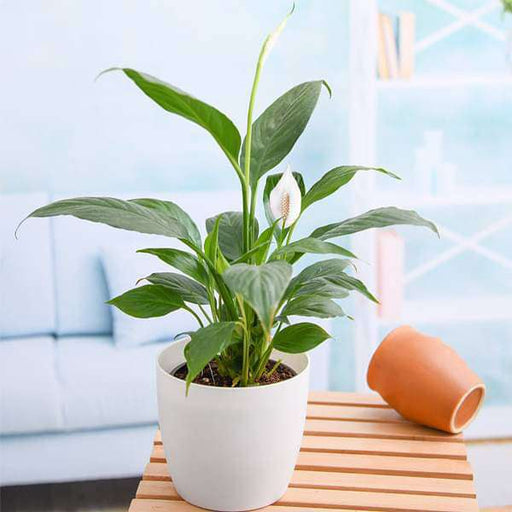
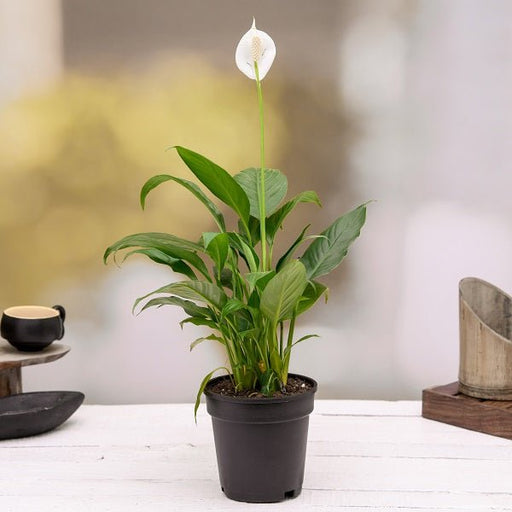 Save up to 15%
Save up to 15%
Peace Lily, Spathiphyllum - Plant The Peace Lily, scientifically known as Spathiphyllum, is a stunning houseplant celebrated for its elegant white...
View full details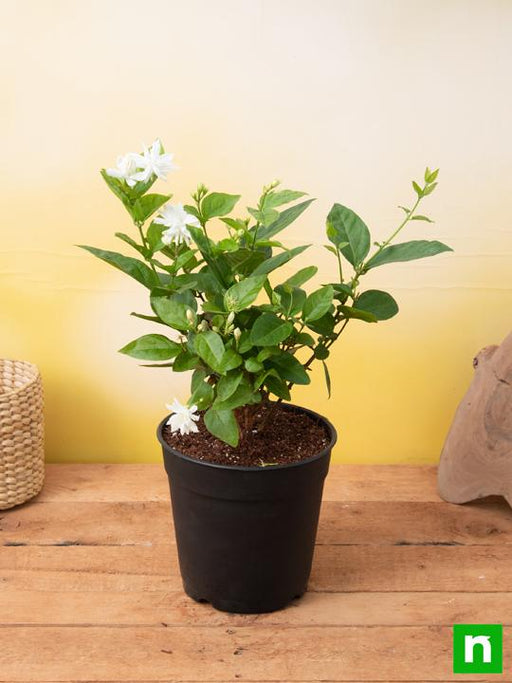
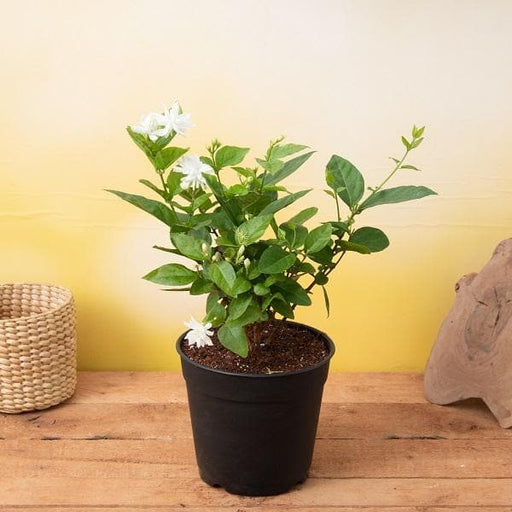 Save 25%
Save 25%
Jasminum sambac, Mogra, Arabian Jasmine - Plant Jasminum sambac, commonly known as Mogra or Arabian Jasmine, is a fragrant flowering plant...
View full details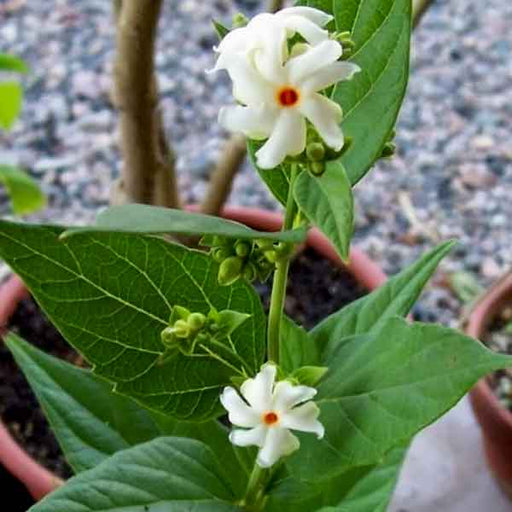
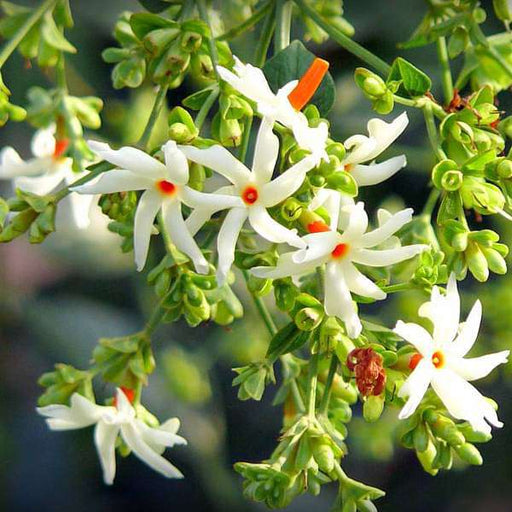 Save 18%
Save 18%
Combo Constituents Includes the Parijat Tree (Night-Flowering Jasmine), a culturally significant plant with fragrant flowers. Description The Pari...
View full details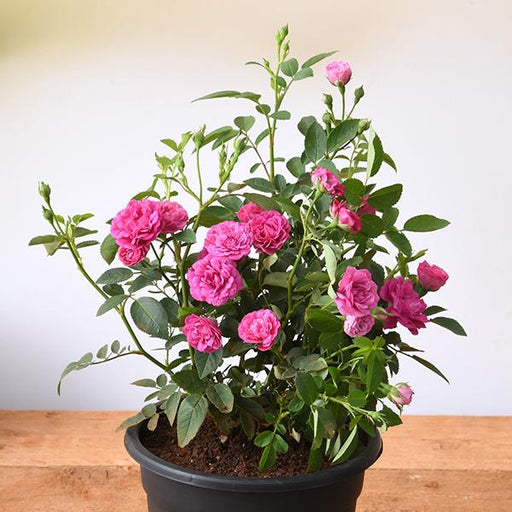
 Save 25%
Save 25%
Miniature Rose, Button Rose (Any Color) - Plant The Miniature Rose, also known as the Button Rose, is a charming and compact flowering plant that ...
View full details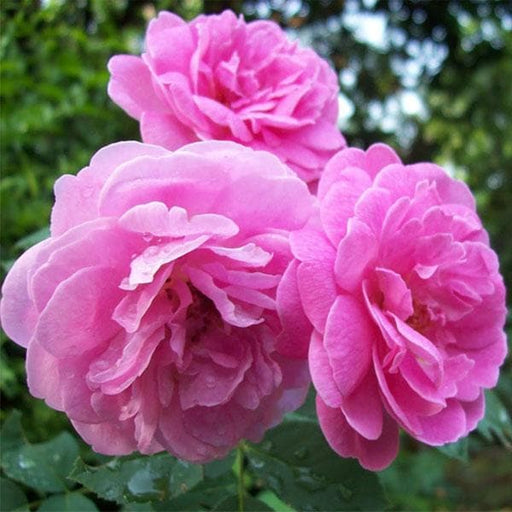 Save 25%
Save 25%
Damascus Rose, Scented Rose (Any Color) - Plant The Damascus Rose, also known as Rosa damascena, is a timeless symbol of beauty and romanc...
View full details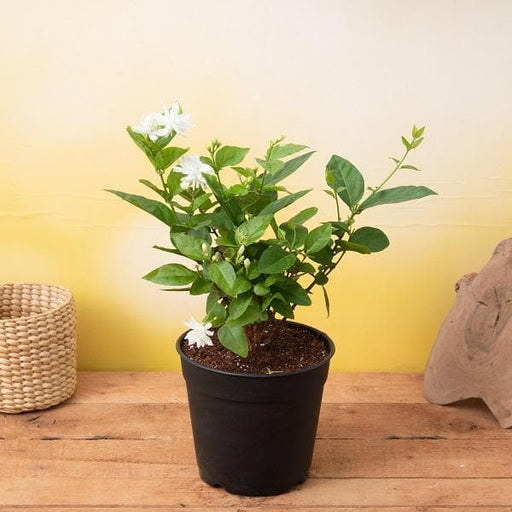
 Save 17%
Save 17%
Beautiful Fragrant Mogra, Arabian Jasmine Plant with Pot The Beautiful Fragrant Mogra, also known as Arabian Jasmine (Jasminum sambac), is...
View full details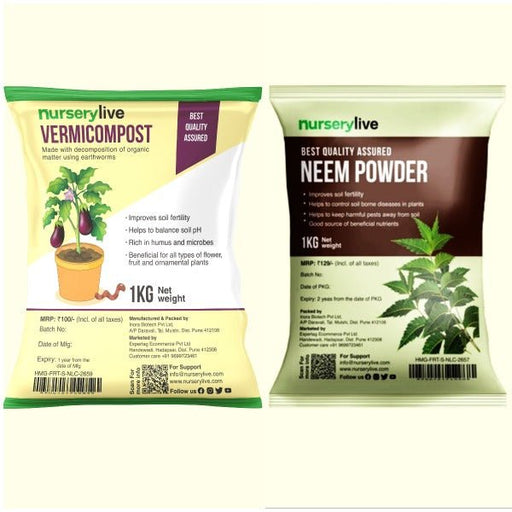 Save 15%
Save 15%
Pack of Vermicompost and Neem Cake for House Plants Transform your indoor garden with our premium Pack of Vermicompost and Neem Cake, spec...
View full details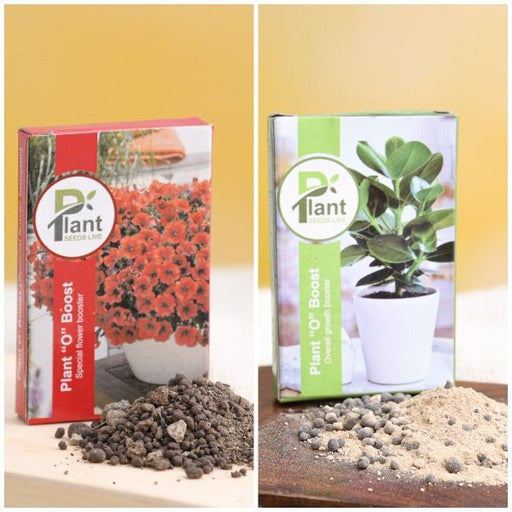
Pack of Plant Growth and Flower Boosters Unlock the full potential of your garden with our Pack of Plant Growth and Flower Boosters! This ...
View full details Save 38%
Save 38%
Combo of Jeevamrut and Neem Raksha for Easy Growth and Protection of Houseplants Transform your indoor garden with our exclusive combo of ...
View full details Save 22%
Save 22%
Plant Nutrients Kit (Pack of 16) for a Healthy Garden Transform your garden into a lush paradise with our Plant Nutrients Kit, featuring 1...
View full details Save 16%
Save 16%
Combo of Top Plant Fertilizers Elevate your gardening game with our exclusive Combo of Top Plant Fertilizers, featuring two bags of premiu...
View full details Save 24%
Save 24%
Pack of 4 Additives to Make Soil Healthy and Nutrient Rich Transform your garden into a thriving ecosystem with our Pack of 4 Additives de...
View full details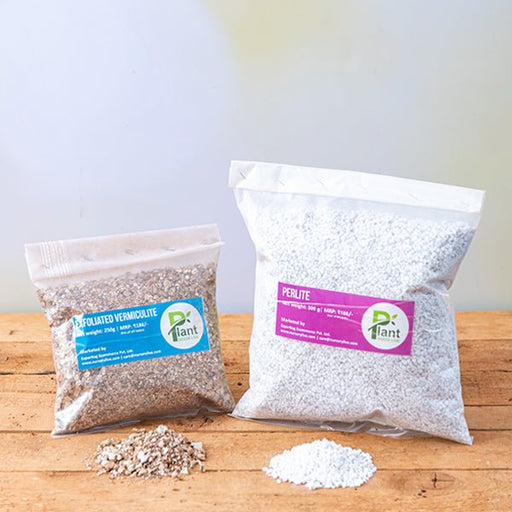 Save 30%
Save 30%
Transform your gardening experience with our premium Combo of Perlite and Vermiculite. This unique blend is designed to enhance soil aeration and ...
View full details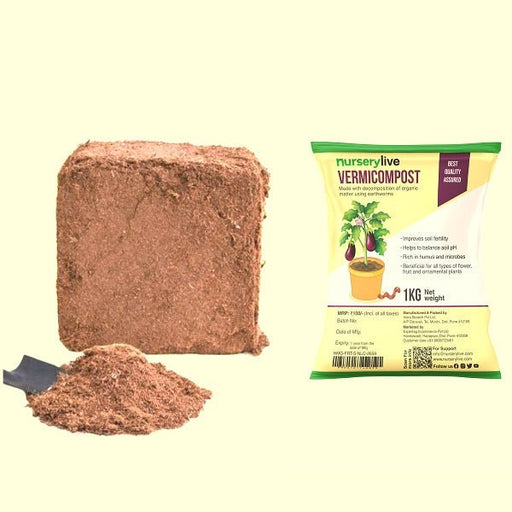 Save 27%
Save 27%
Combo of 2 Vermicompost and Cocopeat - Enrich Your Soil Naturally! Transform your garden into a thriving ecosystem with our Combo of 2 Ver...
View full details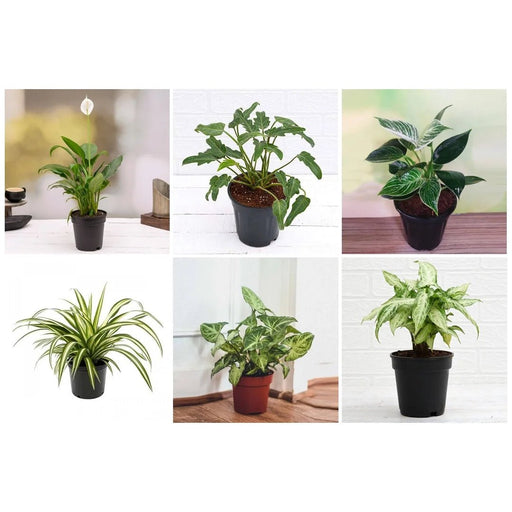
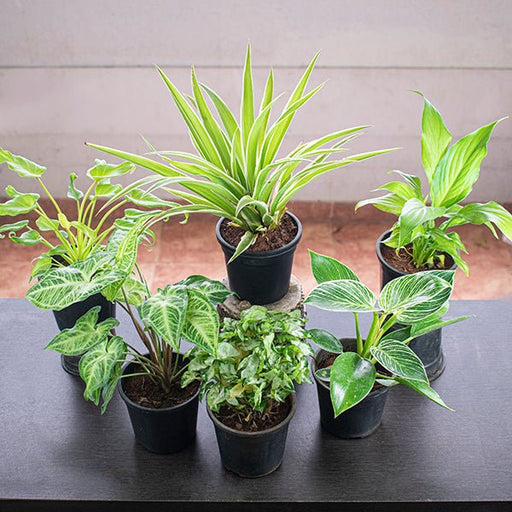 Save 35%
Save 35%
Best 6 Plants for Perfect Indoor Garden Transform your living space into a lush oasis with our curated collection of the Best 6 Plants for a...
View full details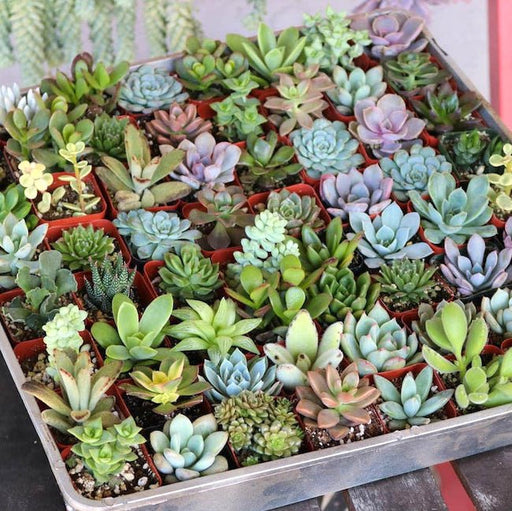
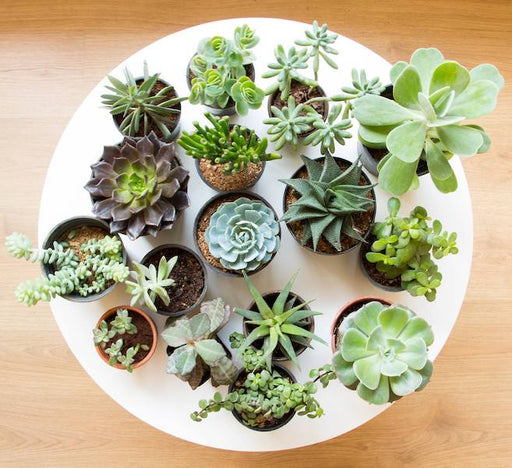 Save up to 50%
Save up to 50%
Mini Succulent Garden Pack Transform your space with our Mini Succulent Garden Pack, featuring a delightful collection of 4 any variety beautiful s...
View full details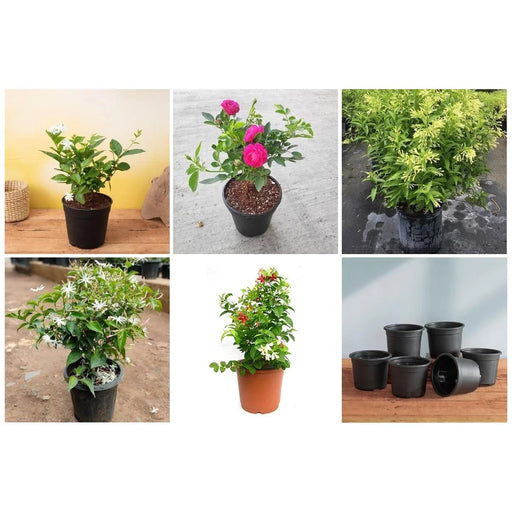
 Save 30%
Save 30%
5 Best Fragrant Plants Transform your garden or indoor space into a fragrant paradise with our curated selection of the 5 Best Fragrant Plants. Th...
View full details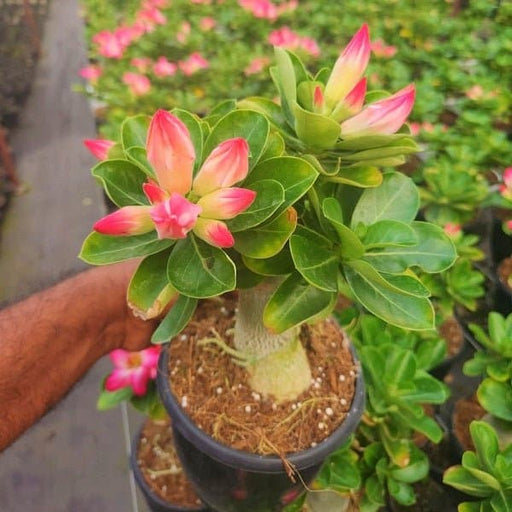
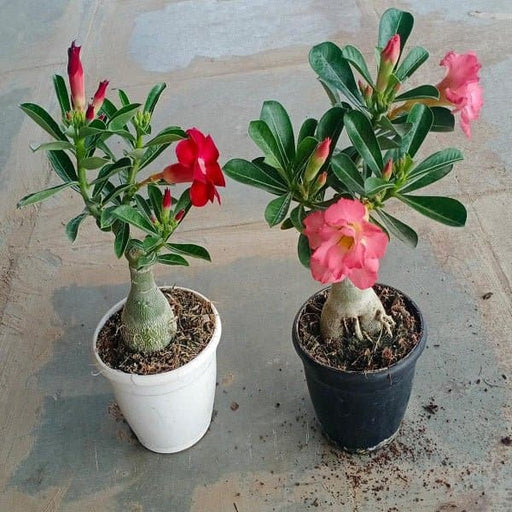 Save 24%
Save 24%
Set of 2 Bonsai Looking Grafted Adeniums Transform your indoor or outdoor space with our exquisite Set of 2 Bonsai Looking Grafted Adenium...
View full details Save 45%
Save 45%
Top 4 Die Hard Succulents Pack Transform your indoor or outdoor space with our Top 4 Die Hard Succulents Pack, featuring a curated selecti...
View full details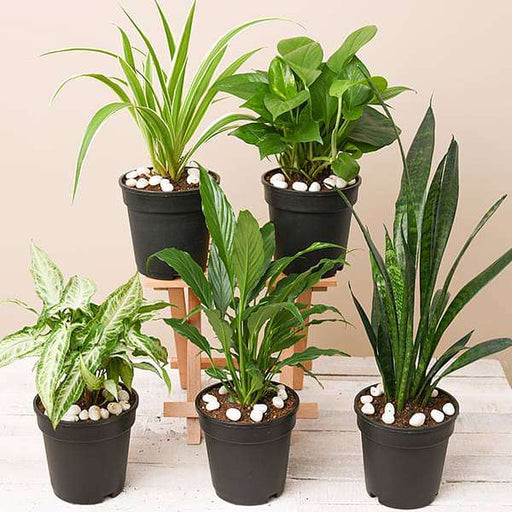
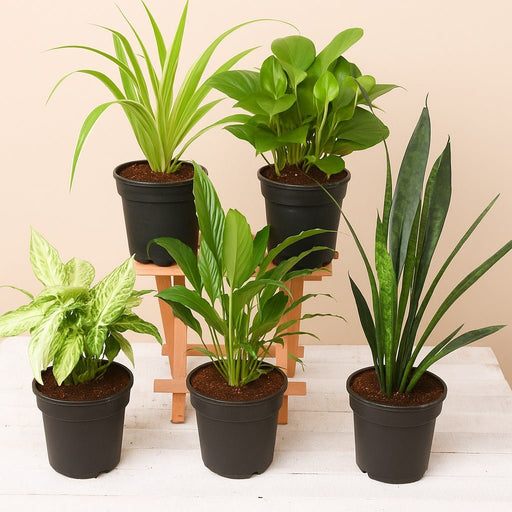 Save 30%
Save 30%
5 Best Indoor Plants Pack Transform your living space into a lush oasis with our '5 Best Indoor Plants Pack.' This carefully curated collection fe...
View full details
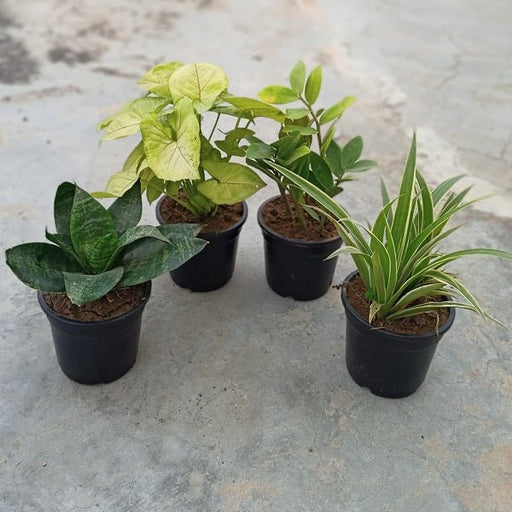 Save 25%
Save 25%
Set of 4 Evergreen Air Purifier Plant Pack Transform your indoor space into a lush, green oasis with our Set of 4 Evergreen Air Purifier Pla...
View full details| SrNo | Item Name |
|---|---|
| 1 | Capparis spinosa - Plant |
Capparis spinosa, commonly known as the caper plant, is a perennial shrub native to the Mediterranean region. Renowned for its unique, tangy flower buds, which are harvested and pickled to create the culinary delight known as capers, this plant is not only a staple in Mediterranean cuisine but also a symbol of resilience, thriving in arid conditions. With its lush green leaves and striking white flowers, Capparis spinosa adds both beauty and flavor to gardens and dishes alike.
What makes Capparis spinosa special is its ability to flourish in poor, rocky soils and withstand drought, making it an eco-friendly choice for sustainable gardening. This hardy plant is also known for its medicinal properties, historically used to treat various ailments, from digestive issues to skin conditions. Its versatility and resilience make it a favorite among gardeners and chefs alike.
One of the standout features of Capparis spinosa is its unique flowering cycle. The plant produces large, fragrant white flowers that bloom in the summer, attracting pollinators like bees and butterflies. Additionally, the caper buds are harvested before they bloom, providing a tangy flavor that enhances a variety of dishes, from pasta to salads.
If you think Capparis spinosa is just a pretty face, think again! This plant, also known as the caper bush, is a multitasking marvel. Not only does it add a zesty kick to your culinary creations, but it also boasts a treasure trove of health benefits. Packed with antioxidants, it can help combat oxidative stress and inflammation. Plus, its leaves and buds are rich in vitamins and minerals, making it a delightful addition to your diet. So, whether you're tossing capers into a pasta dish or steeping its leaves for a herbal tea, you're not just indulging your taste buds; you're giving your body a little love too!
Ready to roll up your sleeves and get your hands dirty? Cultivating Capparis spinosa is like hosting a garden party where the guest of honor is a resilient, drought-tolerant superstar. This plant thrives in well-drained soil and loves basking in the sun, so make sure to give it a prime spot in your garden. Water it sparingly, as it prefers to be on the dry side—think of it as the diva of the plant world. With a little patience and care, you’ll be rewarded with stunning flowers and those delectable capers that will have your friends begging for your secret gardening tips!
Capparis spinosa is the Swiss Army knife of the plant kingdom! From culinary delights to medicinal wonders, this plant does it all. The buds, known as capers, are a staple in Mediterranean cuisine, adding a punch of flavor to everything from salads to sauces. But wait, there’s more! The leaves can be used in salads or as a herbal remedy, while the roots have been known to work their magic in traditional medicine. So, whether you’re a foodie or a herbal enthusiast, Capparis spinosa is your go-to plant for spicing up your life—literally!
Want to spread the love of Capparis spinosa? Propagation is the name of the game! This plant is a generous soul, making it easy to multiply your green friends. You can start with seeds or cuttings, but seeds are the way to go if you’re feeling adventurous. Soak them overnight, plant them in well-draining soil, and watch as they sprout into little green wonders. Just remember, patience is key—good things come to those who wait! Before you know it, you’ll have a thriving Capparis spinosa family, ready to take over your garden and your dinner plate.
Every garden has its villains, and Capparis spinosa is no exception. But fear not! This plant is surprisingly resilient against pests. However, if you do encounter some uninvited guests like aphids or spider mites, don’t panic. A gentle spray of water or a homemade soap solution can send them packing. Just think of it as a little pest control party—your Capparis spinosa will thank you for the extra attention. Keep an eye out, and you’ll ensure your plant remains the belle of the garden ball, free from pesky intruders!
If Capparis spinosa had a favorite hangout, it would be well-drained, sandy soil. This plant is a bit of a diva when it comes to its living conditions, preferring to avoid soggy situations. Think of it as a sunbather who loves to lounge on the beach—dry, warm, and fabulous! To keep your Capparis spinosa happy, mix in some organic matter to improve drainage and provide essential nutrients. With the right soil, you’ll have a thriving plant that’s ready to strut its stuff and produce those delicious capers you crave!
Capparis spinosa is a sun-loving, heat-seeking plant that thrives in Mediterranean climates. If you live in a place where the sun shines bright and the rain is a rare guest, you’re in luck! This plant adores warm temperatures and can handle a little drought, making it perfect for those who forget to water (no judgment here!). Just make sure to protect it from frost, as it’s not a fan of chilly weather. With the right climate, your Capparis spinosa will flourish, bringing a taste of the Mediterranean right to your backyard!
Harvesting Capparis spinosa is like a treasure hunt, and the prize is those delightful capers! The best time to harvest is when the flower buds are still tight and green—think of them as little green gems waiting to be plucked. Use a gentle hand to avoid damaging the plant, and remember, the more you harvest, the more it produces. It’s a win-win situation! So, grab your gardening gloves and get ready to enjoy the fruits of your labor—your culinary creations will thank you for it!
Capparis spinosa isn’t just a pretty plant; it’s also a natural remedy powerhouse! Traditionally, its leaves and buds have been used to treat various ailments, from digestive issues to inflammation. Packed with antioxidants and anti-inflammatory compounds, this plant is like nature’s little pharmacy. So, whether you’re brewing a herbal tea or using its extracts, you’re tapping into centuries of herbal wisdom. Just remember, while Capparis spinosa can be a great addition to your wellness routine, it’s always wise to consult with a healthcare professional before diving into herbal remedies!
If you haven’t tried Capparis spinosa in your kitchen, you’re missing out on a culinary adventure! These little capers pack a punch of flavor that can elevate any dish. Toss them into pasta, sprinkle them on salads, or mix them into sauces for that extra zing. They’re like the secret ingredient that transforms a good meal into a great one. Plus, they’re low in calories, so you can indulge guilt-free. Get ready to impress your dinner guests with your newfound culinary prowess—Capparis spinosa is your ticket to gourmet greatness!
Every superstar needs a sidekick, and Capparis spinosa is no different! When planning your garden, consider pairing it with drought-tolerant companions like rosemary or thyme. These plants not only share similar water needs but also create a beautiful Mediterranean vibe. Plus, they’ll keep each other company while you’re busy dreaming up delicious recipes. With the right companions, your Capparis spinosa will thrive, and your garden will be the talk of the town—who knew gardening could be this much fun?
Capparis spinosa, also known as the caper bush, is a delightful Mediterranean plant famous for its tangy flower buds. These buds are the culinary stars of many dishes, adding a zesty kick. With its charming green leaves and vibrant white flowers, this plant is not just a kitchen hero but also a garden diva!
Growing Capparis spinosa is like hosting a Mediterranean party in your garden! It loves well-drained soil and plenty of sunshine. Plant it in a sunny spot, water sparingly, and watch it thrive. Just remember, this plant prefers to be a little dry—overwatering is a party foul!
Capparis spinosa is not just a pretty face; it’s packed with health benefits! Rich in antioxidants, it can help fight inflammation and improve digestion. Plus, its capers are low in calories but high in flavor, making them a guilt-free addition to your culinary creations. Who knew healthy could taste so good
Absolutely! Capparis spinosa is the life of the culinary party. The flower buds, known as capers, are pickled and used in various dishes, from pasta to tapenade. Just remember, while the plant is edible, the leaves and fruit are best left to the birds. They have their own taste preferences!
You can find Capparis spinosa at local nurseries, garden centers, or online plant retailers. Just make sure to check if they’re selling the real deal and not a wannabe! Your taste buds will thank you for this flavorful addition.
Capparis spinosa is a sun worshipper! It thrives in full sunlight, soaking up those rays like a beachgoer on holiday. Aim for at least 6 hours of direct sunlight daily. If it doesn’t get enough sun, it might sulk and refuse to bloom. No one likes a moody plant!
Yes, indeed! Capparis spinosa is the ultimate drought-tolerant diva. Once established, it can handle dry spells like a pro. This plant prefers to be on the dry side, so don’t drown it with water. It’s like a cactus in disguise, thriving in arid conditions while looking fabulous!
Capparis spinosa is generally pest-resistant, but it can attract a few uninvited guests. Watch out for aphids and spider mites, who might crash the party. A gentle spray of water or insecticidal soap can send them packing. Keep your plant healthy, and it’ll fend off most pests like a champ!
Pruning Capparis spinosa is like giving it a stylish haircut! Do this in late winter or early spring to encourage new growth. Trim back any dead or overgrown branches, but leave some buds for a fabulous bloom. Just remember, a little snip here and there goes a long way in keeping it chic!
Capparis spinosa is a tough cookie! In mild climates, it can survive winter without a hitch. However, in colder regions, it’s best to provide some protection, like mulch or bringing it indoors. Think of it as giving your plant a cozy winter blanket—everyone loves a little warmth!
Capparis spinosa prefers well-draining soil that’s a bit on the sandy side. Think of it as a beach vacation for your plant! A mix of sand, loam, and gravel will keep it happy and healthy. Just avoid heavy clay soils, as they can turn your plant into a soggy mess. No one likes that!